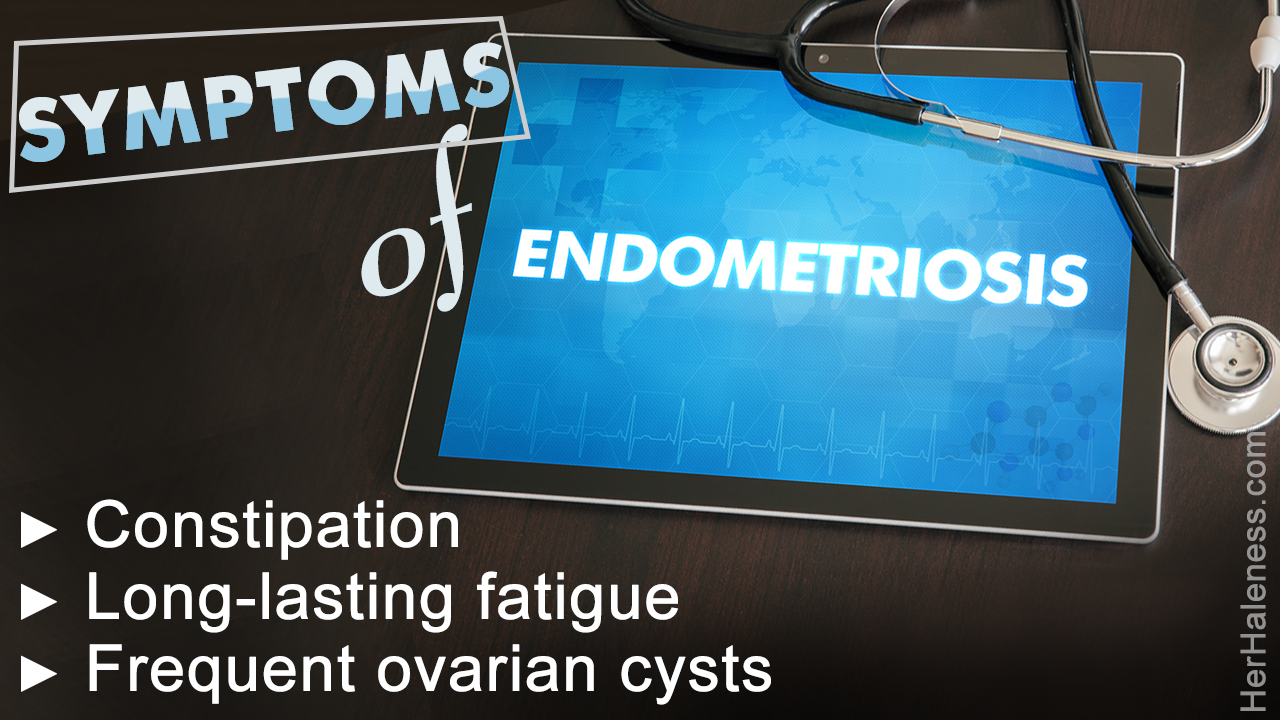
It is a general misconception that endometriosis can be completely eliminated after a hysterectomy surgery. However, if the uterus is removed, then there is still a dense possibility of recurrence of endometriosis.
According to a statistics, millions of women worldwide suffer from some kind of endometriosis which is a painful and chronic condition. Endometriosis means deposition of endometrial cells in areas outside the uterus. Endometrial cells that are stimulated by the estrogen hormones form the lining of the uterus wall. When these endometrial cells get deposited outside the uterus, it continues the same function as that of the endometrial cells inside the uterus. This affects the whole reproductive system and the condition worsens with menstrual cycle each month.
Although removing the uterus itself to escape from pain seems like a good idea, it hardly solves the problem of endometriosis. Hysterectomy or the surgical removal of uterus does not mean there won’t be endometrial problem if you were already suffering from it. In fact, women who have undergone hysterectomy are more susceptible to suffer from endometrial pain if they have not removed their ovaries. However, removing ovaries along with hysterectomy is also problematic as it is likely to induce menopause.
Symptoms of Endometriosis
The main symptoms of endometriosis are:
- Severe pelvic pain and infertility. Pelvic pain can start from the pelvic area and spread through the complete lower part of the body.
- Nausea, vomiting, dizziness, vertigo or diarrhea before periods start or during periods.
- Uncontrolled menses or prolonged periods; blood clots during periods.
- Long-lasting fatigue.
- Mental problems like depression and mood swings.
- Severe pain in legs, thighs and back.
- Frequent ovarian cysts.
- Constipation.
- Frequent urinary tract infections.
- Incontinence (uncontrollable urination).
- Long-lasting anemia.
Types of Hysterectomy
Complete or total hysterectomy: Both the uterus and the cervix are removed during complete or total hysterectomy.
Partial or subtotal hysterectomy: Also known as supracervical hysterectomy, in this hysterectomy the upper two-thirds of the uterus i.e. the uterus only, has to be removed leaving the cervix intact.
Radical hysterectomy: Radical hysterectomy is the process of removal of the uterus, the cervix, the upper part of the vagina as well as the supporting tissues. This hysterectomy is absolutely necessary in case of cervical cancer, if the cancer has spread to a great extent.
Can Endometriosis Recur After a Total Hysterectomy?
In endometriosis, the endometrial cells grow over the fallopian tubes, ovaries or the tissue lining the pelvis. So, if a partial or subtotal hysterectomy is done, it means that only the uterus is removed leaving the ovaries, fallopian tubes and cervix. The endometrial cells requires estrogen to prevail. Ovaries produce estrogen which influences the endometrial cells outside the uterus. That is why even after a partial hysterectomy, endometriosis can recur. It can have the same symptoms as before the hysterectomy surgery, specially during ovulation.
In a total hysterectomy, removal of the ovaries are not included. Hence, there are chances of endometriosis recurring. However, if both the ovaries are removed, it minimizes endometriosis recurrence, since the source of estrogen i.e. the ovaries are removed. The process of removal of both the ovaries along with the uterus and fallopian tube is called hysterectomy (complete or partial) with bi-lateral salpingo-oophrectomy. Nevertheless, if you are taking estrogen therapy for any reason, this may stimulate the endometriosis again.
Hysterectomy terminates childbearing possibility and is recommended to those women who are no longer desire to have children. In partial hysterectomy, since a very small part of the uterus is left along with the cervix, some women may experience mini-periods. But in total hysterectomy, the entire uterus along with the cervix is removed, so ideally there should not be any periods or bleeding. If the ovaries are still present, they produce the hormones required for the monthly cycle. Hence, the monthly cycle persists i.e. all the other PMS symptoms will persist while only the bleeding will cease.
It is always suggested that women who undergo hysterectomy for endometriosis should ask their gynecologist to check the extent of the endometriosis, and then only opt for the appropriate removal method to avoid the side effects of a hysterectomy. If hysterectomy initiates menopausal stage, then symptoms like vaginal dryness, insomnia, irritation and weight gain can occur. If you have opted for a complete hysterectomy, then also you need to go through pelvic and breast examination regularly. Consult your doctor immediately if you experience any recurrent symptom of endometriosis.